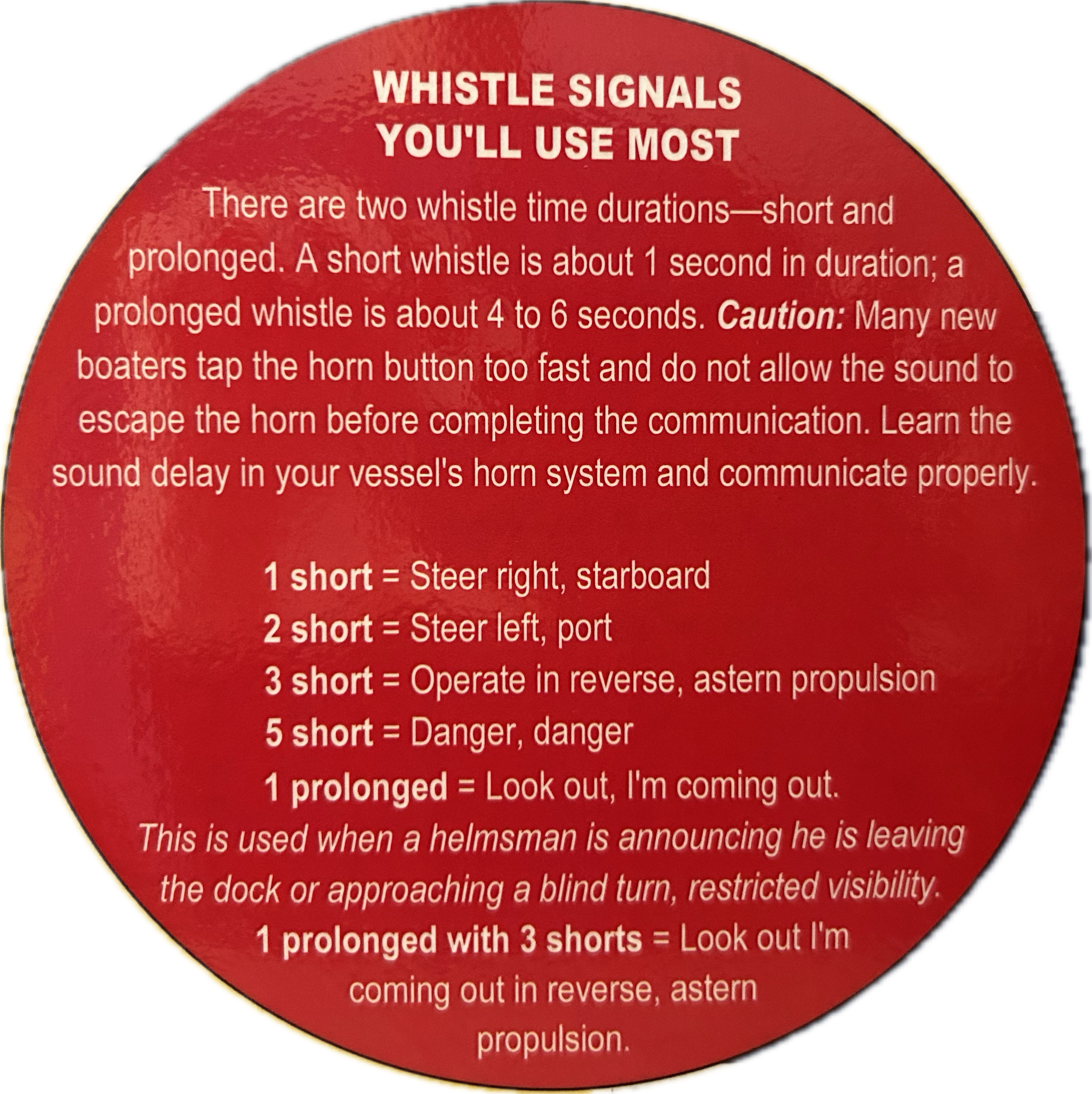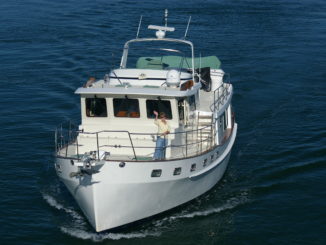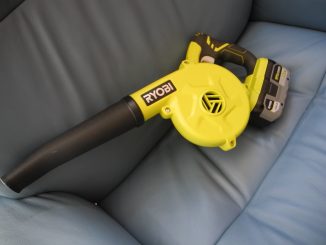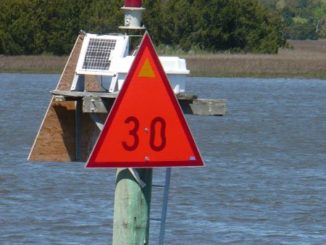
Communication between vessels on the water is essential. Whistle signals are one of the many means we boaters have to effectively communicate. Whistle signals can keep other boaters informed of what you are doing. More common navigational situations for use of whistle signals are to avoid collisions and to announce your maneuvering intentions.
A Little History
In the early days of steam powered boats a communication system was designed so the steamboats could announce their course intentions to others. The steam whistle was used to give a series of short and longer blasts known as Whistle Signals. Today we no longer have steam boilers aboard boats to power the whistle but we do have electric or air powered horns instead of whistles. Still, the law remains written as Whistle Signals not horn signals.
The Basics
A US Vessel over 12 meters or 39.4 feet is required to have onboard a copy of The Rules of the Road, COMDTINST M16672.2D or in simple terms “the White Book”, found online or at your local boat store.
The exact USCG definitions are in this book with particular details between inland and international rules but here are a few useful memory jogs that may help you remember what’s what. This short and simple explanation is not intended to be your rule book as there are more whistle signals listed but here are the more common signals used for Inland Rules of the Road.
There are two whistle time durations, short and prolonged. A short whistle is about 1 second in duration and a prolonged whistle is about 4 to 6 seconds.
Caution: Many new boaters tap the horn button too fast and do not allow the sound to escape the horn before completing the communication. Learn the sound delay in your vessel’s horn system and communicate properly.
Most Common Signals Used by Pleasure Boaters
1 short = steer right, starboard
2 short = steer left, port
3 short = operate in reverse, astern propulsion
5 short = danger, danger…did we say DANGER?
1 prolonged = look out, I’m coming out. This is used when a helmsman is announcing he is leaving the dock or approaching a blind turn, restricted visibility.
1 prolonged with 3 shorts = look out I’m coming out in reverse, astern propulsion.
Collision Prevention
All boaters must understand these three terms: Meeting, Overtaking and Crossing. Notice there is no PASSING mentioned here because that term is confusing.
- Meeting is when you are approaching an oncoming vessel and will meet bow to bow. By using whistle signals you can agree on a course maneuver and avoid a collision.
- Overtaking is when the faster boat overtakes the slower boat. Use the whistle signal to agree on how the faster boat will proceed with the overtaking maneuver.
- Crossing is when two vessels are on a collision course at an intersecting angle. Use whistle signals to announce DANGER (5 shorts) or possibly REVERSE (3 shorts).
Put These Signals to Use
When you radio a drawbridge to open for your passage you may hear 1 prolonged and 1 short whistle announcing the bridge will open. After the vessel clears the bridge the bridge tender may sound 5 short whistle signals to announce to the boating world DANGER, the bridge is closing.
This is especially necessary when another boat does not inform the bridge tender he intends to go through the drawbridge too. The 5 short whistles alert anyone the bridge is CLOSING. DANGER.
When near a commercial port or marina with restricted visibility because of buildings or taller vessels, a dinner boat or day cruiser may blast 1 prolonged whistle to announce he is leaving the dock. Same signal may be used when ’rounding a blind turn in the channel. If a vessel is leaving the dock in reverse 1 prolonged and 3 short whistle signals mean he is backing away from the dock.
When nearing a larger boat like a tug and barge that may have difficulty maneuvering you can radio him asking for instructions. He may answer you verbally by saying “see you on 1 whistle” meaning you should steer to your right or starboard and he will act accordingly if in a meeting, overtaking or crossing situation.
Whistle signals can keep other boaters informed of what you are doing.
Come To A Class
If you’d like to learn more about whistle signals and how to communicate with other boats, join us for a 2 day seminar called Cruising 101 FUNdamentals. Discover our next open seminar dates and see the course agenda. Communication on the water includes VHF radio, AIS, RADAR, SPOT and more. Sounds like alphabet soup? Then you need to join us at our next seminar so you can Ask Captain Chris!



